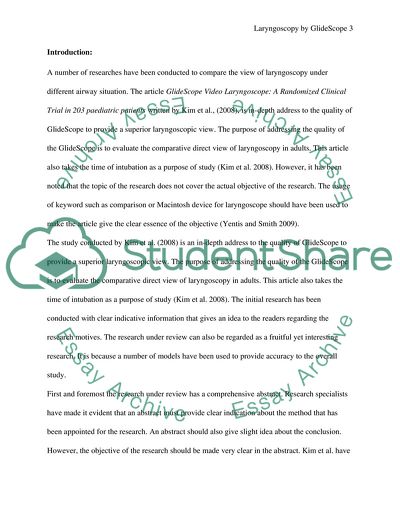Cite this document
(Critical Appraisal to Glide Scope Video Laryngoscope Research Proposal, n.d.)
Critical Appraisal to Glide Scope Video Laryngoscope Research Proposal. https://studentshare.org/health-sciences-medicine/1765914-critical-evaluation-and-application-of-research-for-an-article-on-glidescopew-video-laryngoscope-a-randomized-clinical-trial
Critical Appraisal to Glide Scope Video Laryngoscope Research Proposal. https://studentshare.org/health-sciences-medicine/1765914-critical-evaluation-and-application-of-research-for-an-article-on-glidescopew-video-laryngoscope-a-randomized-clinical-trial
(Critical Appraisal to Glide Scope Video Laryngoscope Research Proposal)
Critical Appraisal to Glide Scope Video Laryngoscope Research Proposal. https://studentshare.org/health-sciences-medicine/1765914-critical-evaluation-and-application-of-research-for-an-article-on-glidescopew-video-laryngoscope-a-randomized-clinical-trial.
Critical Appraisal to Glide Scope Video Laryngoscope Research Proposal. https://studentshare.org/health-sciences-medicine/1765914-critical-evaluation-and-application-of-research-for-an-article-on-glidescopew-video-laryngoscope-a-randomized-clinical-trial.
“Critical Appraisal to Glide Scope Video Laryngoscope Research Proposal”. https://studentshare.org/health-sciences-medicine/1765914-critical-evaluation-and-application-of-research-for-an-article-on-glidescopew-video-laryngoscope-a-randomized-clinical-trial.


